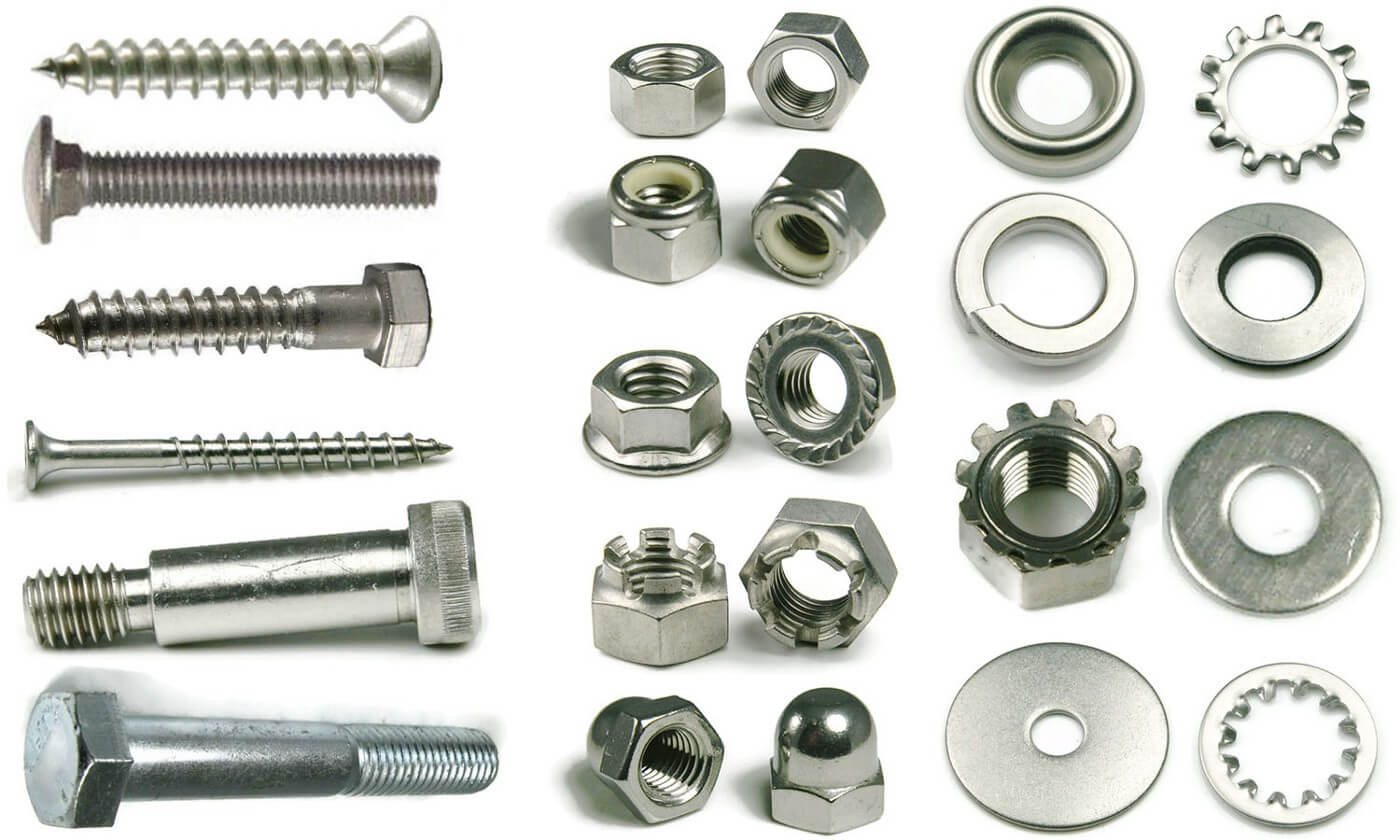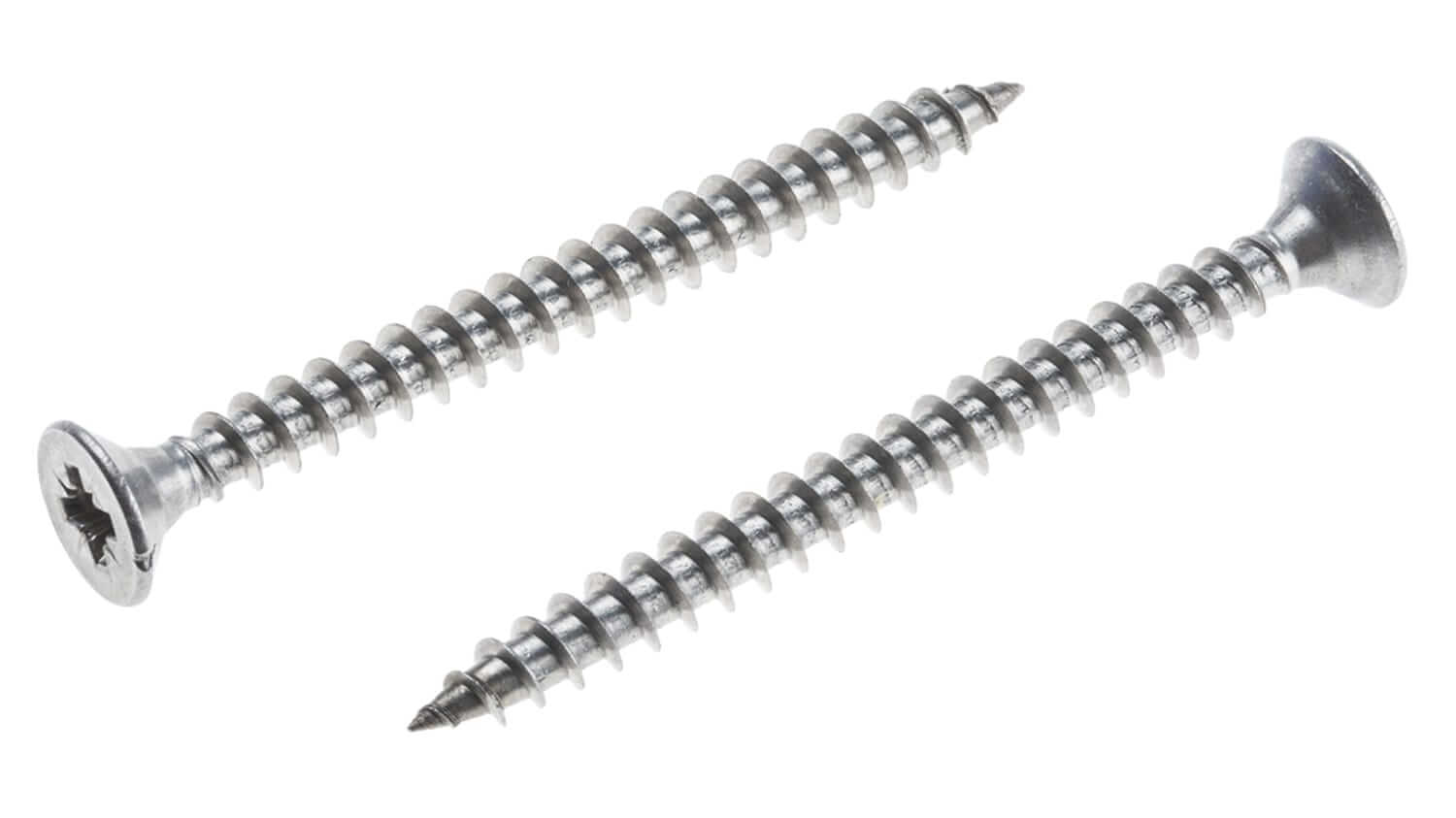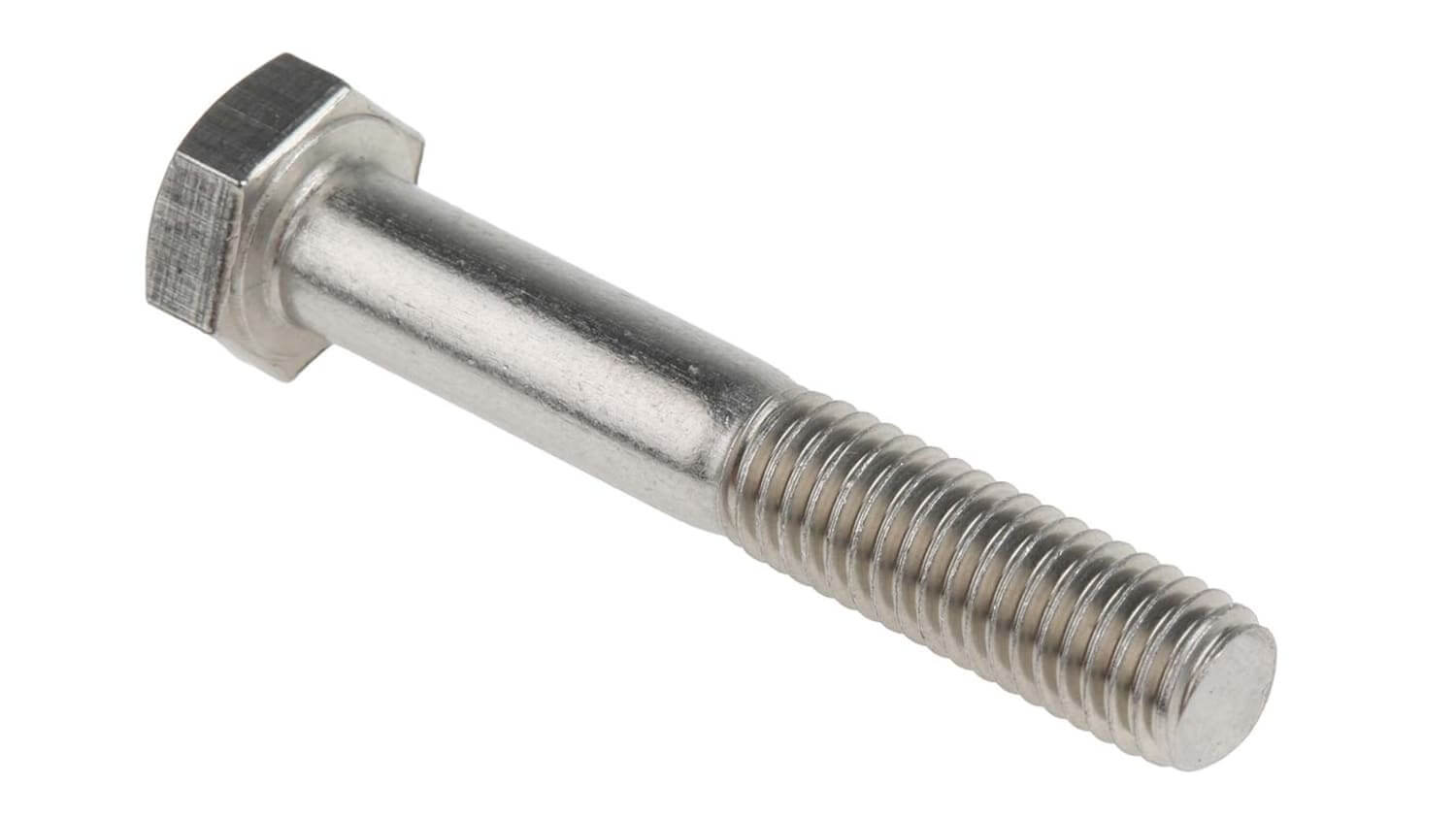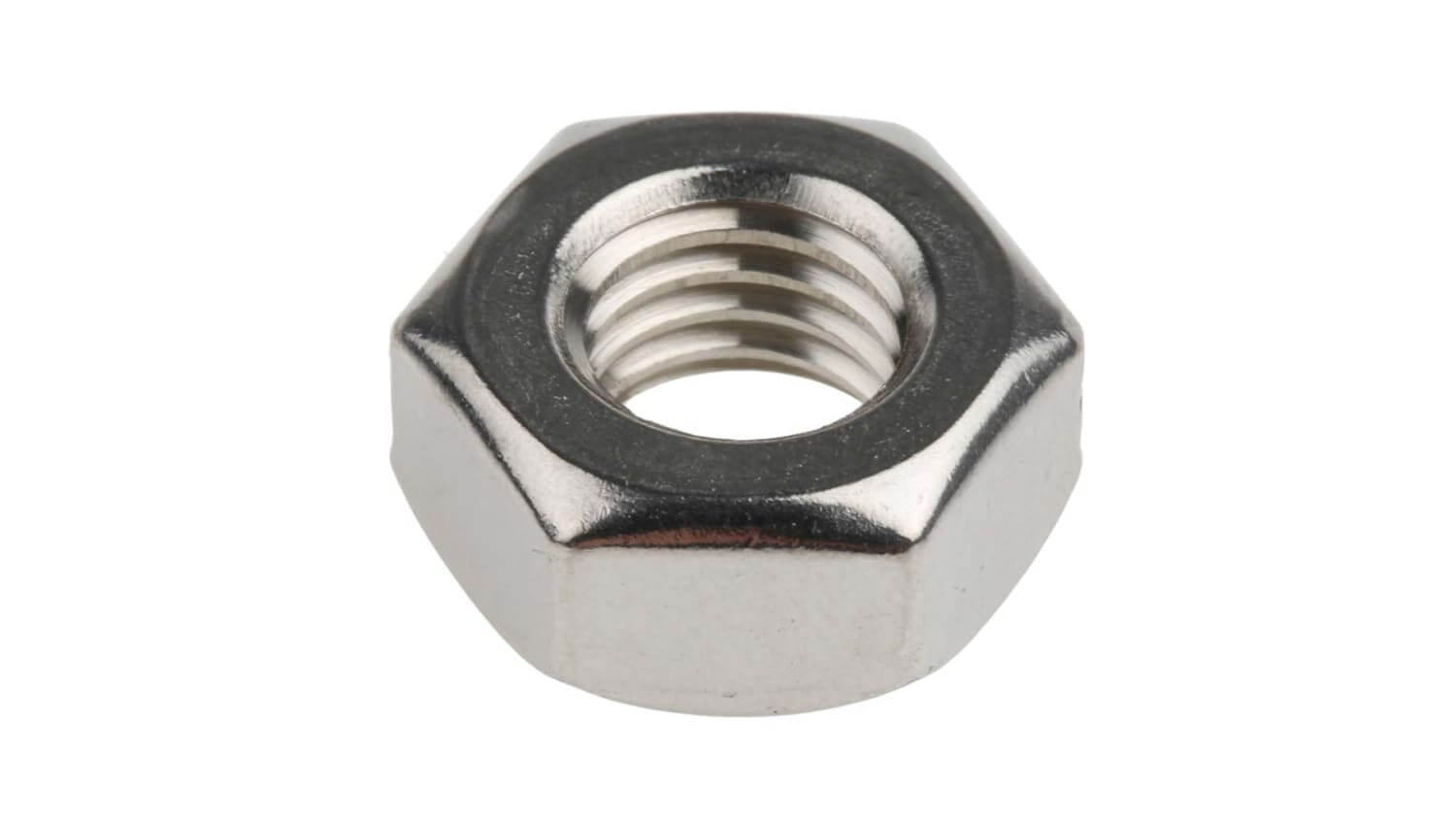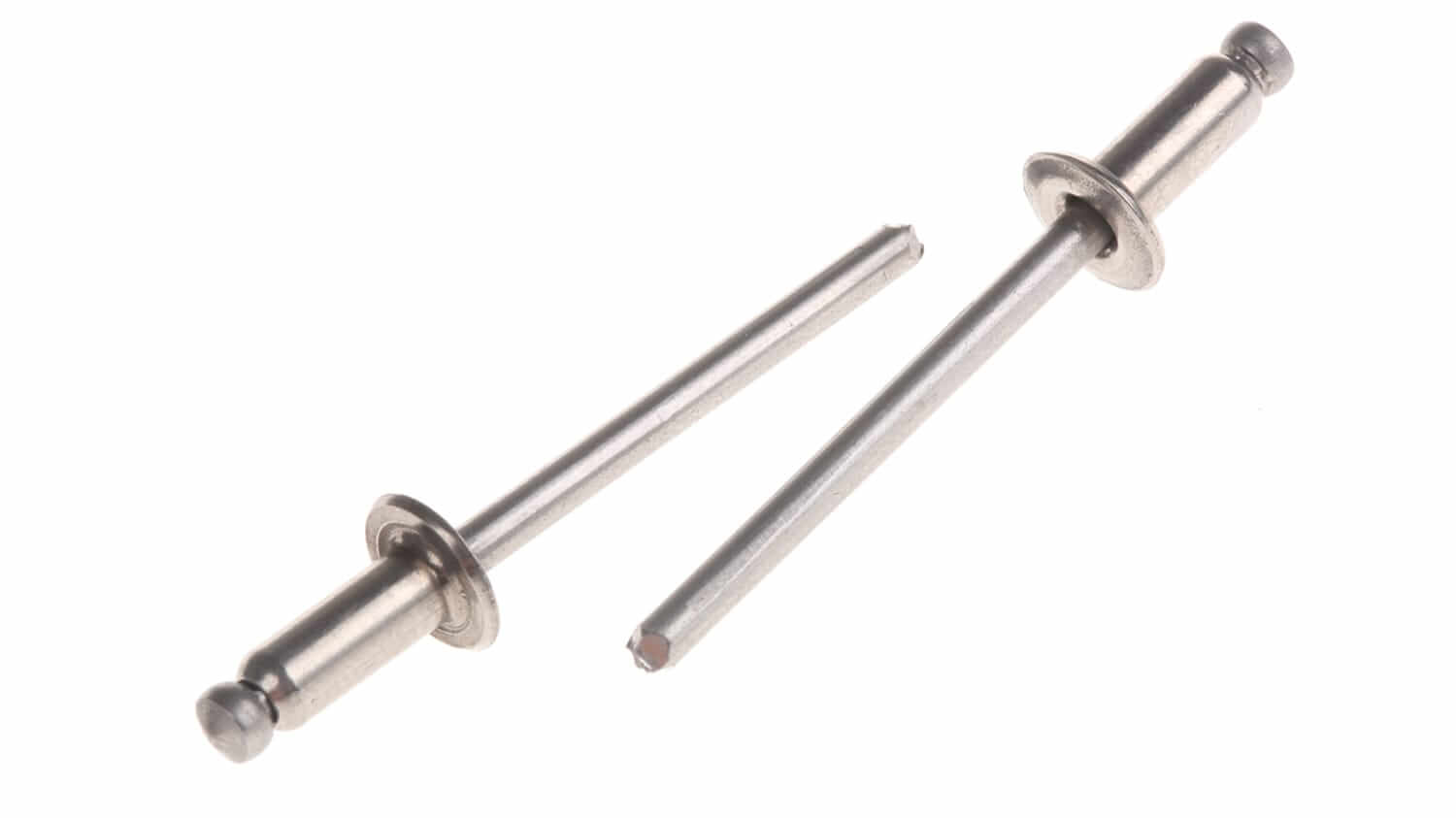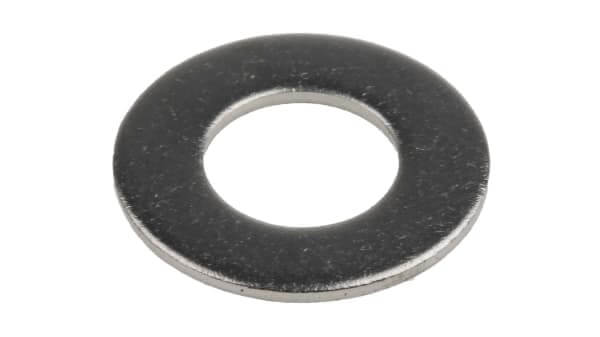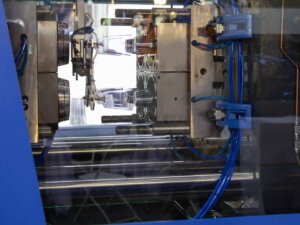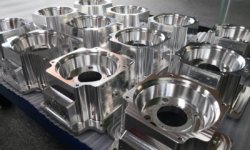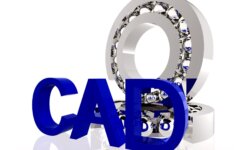Fasteners play a crucial role in part design, manufacturing, and assembly. These little pieces of hardware are simple and inexpensive, but without them we would struggle to make many important things: furniture, architectural structures, computers, flooring, vehicles, and much more.
The role of a fastener is to mechanically join two or more components together. You can join components in many ways, but what is unique about fasteners is that they typically (though not always) create non-permanent joints.
Fasteners are ubiquitous, and you will encounter many of them on a day-to-day basis. Some of the most common types of industrial metal fastener are:
- Screws
- Nuts
- Bolts
- Rivets
- Threaded inserts and rods
- Washers
However, the category of fasteners also includes hardware used outside of industry, such as nails for DIY and woodworking; buttons, buckles, and zippers for apparel; pegs and cable ties for home use; and staples, pins, and paperclips for office tasks.
All of these fastener types works in slightly different mechanical ways, but all of them are used in the joining or assembly of objects. With a few exceptions, most industrial fasteners are made of metal, usually steel (stainless steel, carbon steel, alloy steel), aluminum, or titanium. Many of the parts we make at 3ERP — including machined, molded, and sheet metal parts — are ultimately assembled using fasteners.
This guide looks in detail at the different kinds of fastener and explains how they work and how to use them. It may be helpful for our prototyping customers who are developing multi-component products that require assembly with fasteners.
What is a fastener?
A fastener is a general term for a piece of hardware, often made of a metal such as steel, used to mechanically join together two components.
Fasteners, which include items like screws, nuts, and bolts, usually create non-permanent joints; that is, the connection can be undone without damaging either component. You can join two components with a fastener, then someday remove the fastener and separate the two components without damaging them. For example, a screw might eventually be removed using a screwdriver; a nut might be removed using a wrench Contrast this with, for example, welding, gluing, or soldering components together: when this happens, the components cannot be easily separated.
That being said, some fasteners, such as rivets, create permanent joints and are not designed to be unfastened.
The majority of fasteners are small, with diameters measurable in millimeters. However, significantly larger devices may be used in areas like shipbuilding, pipelines, and energy. A fastener is defined by its function of mechanically joining two or more components, not by its size, material, or application.
There are a multitude of different fastener types available. Some of the most common metal fasteners for industrial and manufacturing are listed below.
Fastener materials
What are fasteners made of?
The best materials for the production of fasteners include steels (stainless steel, carbon steel, alloy steel), aluminum, titanium, copper, brass, nickel, and various alloys. Common stainless steels used for industrial fasteners include 200, 300, and 400 series.
Fasteners may also be coated with other materials for added functionality, e.g. corrosion resistance or electrical insulation. Common coatings and platings include chrome and zinc.
What materials can fasteners be used with?
Different types of industrial fasteners are used for different materials, with some fasteners designed specifically for one material, i.e. wood screws (wood) or anchor bolts (concrete).
Fastener standards
The American Society of Mechanical Engineers (ASME) currently has 66 active published standards under the B18 designator for fasteners. The quality-focused standards “establish in-process and final inspection requirements for fastener products” and provide a “receiving inspection plan for fastener purchasers.”
ASME standards include:
- B18.1.1: Small Rivets
- B18.1.2: Large Rivets
- B18.2.3.1M: Metric Hex Cap Screws
- B18.3 Socket Cap, Shoulder, Set Screws, and Hex Keys
- B18.6.1 Wood Screws
- B18.6.2 Slotted Head Cap Screws, Square Head Set Screws, And Slotted Headless Set Screws
- B18.6.3 Machine Screws, Tapping Screws, and Metallic Drive Screws
- B18.6.9: Wing nuts
- B18.18 Quality Assurance For Fasteners
Screws
A defining feature of screws is that they are often self-threading or self-tapping: they have a sharp end that cuts into the surface of the component; when the screw is rotated, it cuts out the female internal thread into the component and allows the connection to be made. Screws are often standalone fasteners, as they join with the component itself.
Screws are similar in function to bolts, but bolts are not usually self-threading; they typically have blunt tips, and female threads in the components must be made via other means.
Confusingly though, some fasteners that are technically screws have, through usage, been labelled as bolts (and vice versa).
Types of screw
There are many different screw types suitable for different applications. Some of the most common screw types are:
- Sheet metal screws: Very sharp self-threading screws that can penetrate sheet metal, as well as wood and plastic.
- Machine screws: Installed into pre-drilled holes, machine screws have accurate fine threads and are most widely used in machine components.
- Cap screws: Screws with large heads typically used in assembly of machinery such as appliances.
- Eye screws: Sometimes called lag eye screws, these screws have a looped head through which lines can be threaded.
- Lag screws: Long zinc-coated screws with threading up to the shaft, mainly used in woodworking.
- Wood screws: Common, sharp-pointed screws used in woodworking.
Types of screw drive
Screws can also be categorized by their drive designs: different tools are needed to drive or remove different screws. Screw drive types include:
- Slotted
- Three-pointed
- Cruciform (e.g. Phillips)
- External polygon
- Internal polygon (e.g. hex socket / Allen)
- Hexalobular
- Misc.
Bolts
Unlike screws, however, bolts require a preformed female thread with which to engage. They are not self-threading; instead, the female thread often belongs to a nut. Bolts (male) and nuts (female) are used in conjunction to join components with unthreaded holes, and this kind of joint is called a bolted joint.
When used in conjunction with nuts, bolt fasteners work with through holes (i.e. holes that pass all the way through the material of an object), with the bolt head on one side and the nut on the other. Screws, on the other hand, are often used to make blind holes; they only penetrate part-way through the material.
Types of bolt
There are many different bolt types suitable for different applications. Some of the most common bolt types are:
- Hex bolts: Threaded bolts with hexagonal heads that may have an unthreaded section immediately below the head.
- Sex bolts: Sometimes called a Chicago bolt, barrel bolt, or barrel nut, these bolts are actually both bolts and nuts at once, comprising a female threaded barrel and a male threaded screw.
- U-bolts: U-shaped fasteners with two parallel threaded ends, used to hold in place items like piping.
- Eye bolts: Bolts with a looped head through which lines can be threaded.
- Carriage bolts: Threaded bolts with a rounded mushroom head to prevent turning and a square neck immediately below.
Nuts
Nuts and bolts usually stay secure due to friction, compression, and the bolt stretching slightly. However, the connection can be undesirably loosened during applications with a high level of vibration. In this case, a locking nut or locking fluid may be used to secure the nut, or a second nut may be added to the bolt.
While the inside of a nut is threaded, the outside can take many forms, depending on whether it will be rotated by hand or with a wrench, and on various other factors.
Types of nut
There are many different nut types suitable for different applications. Some of the most common nut types are:
- Acorn nuts: Sometimes called cap nuts, these fasteners are domed on one side to cover the end of the bolt.
- Weld nuts: Designed so one side can be welded to another metal component.
- Hex nuts: Common fasteners with hexagonal exterior for easy wrenching.
- Wing nuts: Nuts with wing-like shapes on each side to allow for easy turning by hand, without tools.
- Barrel nuts: See “sex bolts” above.
Rivets
To function as a fastener, a rivet is placed in a hole, then, using mechanical force, its tail is “upset,” making it expand to around 1.5 times the diameter of the shaft and creating the joint. Once a rivet has been upset, it effectively has two heads: the original factory head and the new shop head.
Unlike screws, threads, and bolts, rivets create permanent joints: once the tail is upset, it cannot be returned to its original state. Riveted joints are therefore much harder to separate than non-permanent joints like bolted joints.
Types of rivet
There are many different rivet types suitable for different applications. Some of the most common rivet types are:
- Pop rivets: Also known as blind rivets, these rivet fasteners are tubular and have a central mandrel with a weakened area near the head (where it can be broken off).
- Solid rivets: Simple fasteners with a shaft and a head that can be deformed with a rivet gun or a hammer.
- Semi-tubular rivets: Like solid rivets, but with a partial hole at the tip that reduces the force needed to upset it.
Misc. threaded fasteners
Besides screws, bolts, and nuts, there are other types of threaded fastener with more specialized uses.
A threaded insert (or threaded bushing) is a fastener with internal (and sometimes external) threads that is inserted into material that cannot usually accept a thread — either because it is too soft, or because an existing threaded hole has become stripped. It acts like a drywall anchor used to put up shelving. Metal threaded inserts can be installed in molded plastic parts by insert molding around the bushing.
A threaded rod (or stud) is a fastener akin to a bolt but threaded on both ends, with no head. Designed to be used in tension, a threaded rod may accept a nut on both ends.
Washers
A washer is a thin plate with a hole in its center used as a spacer, a load distributor, locking device, or a vibration dampener. Washers are typically circular but can also be square-shaped.
Washers prevent fasteners making direct contact with a component and can therefore protect the surface of the component.
For more information about the types of fastener you might need for your next prototype, contact 3ERP or request a quote.
